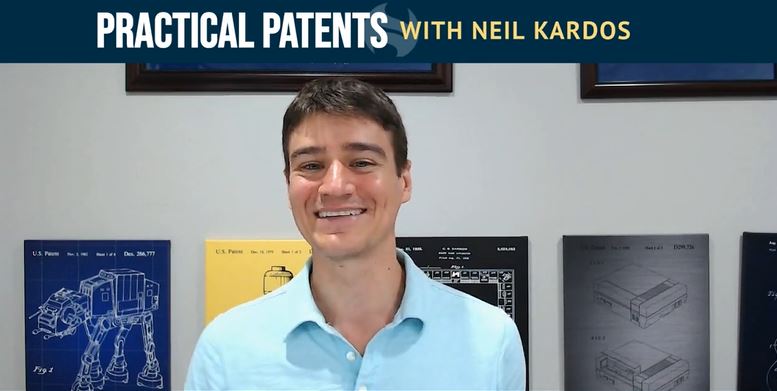A Strategic Approach to Preparing Patent Claims for Multiple Jurisdictions
Welcome back, fellow patent enthusiasts! In the dynamic world of patents, one size does not fit all, especially when considering international filings. As a seasoned patent professional, Neil Kardos delves into strategic tips tailored to the unique requirements of several major jurisdictions.
1. Understanding U.S. Application Trends: For U.S. applications, it’s customary to file with 3 independent claims and 20 total claims, maximizing the filing fee benefit without incurring additional charges for excess claims. As an illustration from software patent applications, Neil frequently files:
- 7 method claims
- 7 device claims
- 6 computer-readable medium claims
2. European Patent Office (EPO) Strategies: The EPO permits 15 claims without additional fees. A savvy approach Neil adopts is leveraging method claims to craft a nuanced computer-readable medium claim. This involves:
- Using the 7 method and 7 device claims from the U.S. application.
- Adding a unique 15th claim: “A computer program product that, when executed by a processor, causes the processor to perform the method of any of claims 1 to 7.”
Further, utilizing multiple dependent claims, which the EPO allows, can be beneficial.
3. Navigating Claim Filings in China and India: Both China and India allow a filing of up to 10 claims without surplus fees. Given that each additional claim costs under $25, Neil suggests submitting between 10 to 20 claims from the U.S. application. Filing all 20 claims in these jurisdictions would cost approximately $250, a stark contrast to the EPO’s fee structure.
4. The Canadian Perspective: Canada presents a unique scenario, as there aren’t excess claim fees. Neil’s strategy here often involves deferring examination until the entire U.S. patent family (inclusive of parent applications and continuations) is finalized. Subsequently, a Patent Prosecution Highway request is filed with an amendment encompassing all claims from the sanctioned U.S. applications.
In conclusion, effectively preparing patent claims for international jurisdictions demands both a deep understanding of regional nuances and a strategic mindset. Neil’s insights, as presented, provide a robust foundation for such endeavors.
Thank you for reading, we invite you to share your experiences and tips regarding claim preparation in these or other jurisdictions. Don’t forget to come back for more tips in the next installment of the Practical Patents Series. Until next time, happy patenting!
Note: This blog post is based on the opinions and observations of the author and should not be considered legal advice. Consult a qualified patent attorney for specific guidance on patent application drafting.
Want more tips? Check out other Practical Patents videos with Neil Kardos here!

